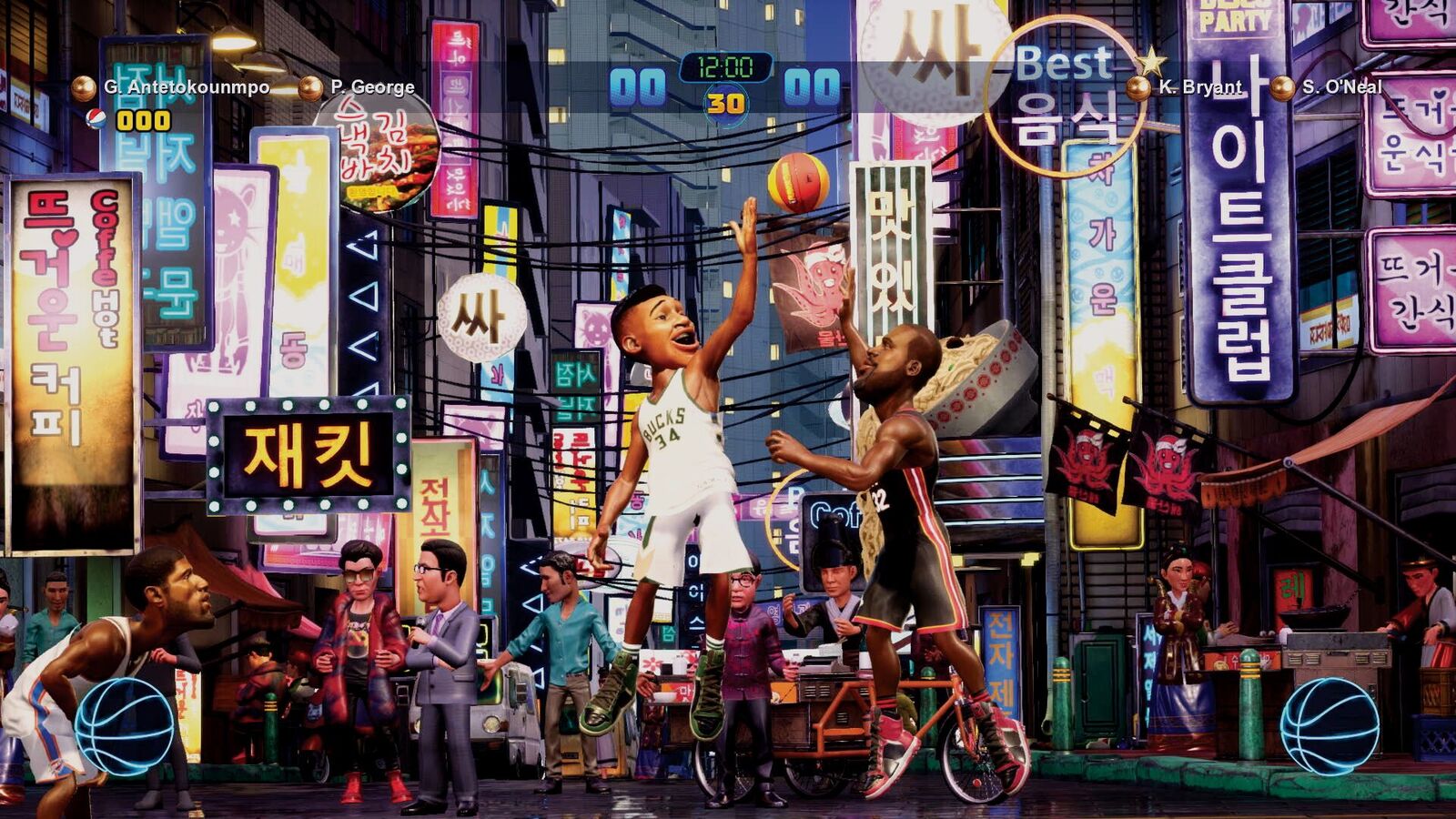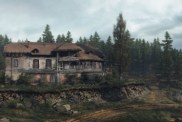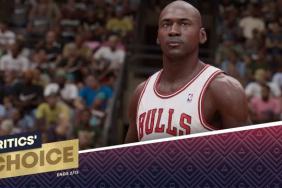While the original NBA Playgrounds filled a much-needed gap in the market, it did so imperfectly. But for all its flaws, NBA Playgrounds came with plenty of potential. And with 2K taking over the publishing of this young franchise, I had high hopes for its sequel: NBA 2K Playgrounds 2.
2K may be the gold standard when it comes to basketball simulators, but it’s one that’s locked behind a paywall. The strides made in NBA 2K Playgrounds 2, when it comes to gameplay and enthralling customization options, are blocked by a painfully uninspired NBA season and a progression system that will force you to pay up or put up with hours of grinding.
Balling on a Budget
The first thing you’ll notice when starting NBA 2K Playgrounds 2 is its focus on card packs. You’re immediately given packs to open, giving you your first players and some non-NBA clothing options. Like its predecessor, the core gameplay loop of NBA 2K Playgrounds 2 revolves around opening packs with the hope of getting a complete roster across the various NBA teams. Or at least enough players to feel like you have a strong base to pull from, keeping in mind that you’ll earn more players as you continue to play. But in NBA 2K Playgrounds 2, roster come-ups are few and far between in this poorly executed progression system.
You get packs by using Baller Bucks, which are earned after playing any game or mode. There are three tiers of packs to choose from (bronze, silver, and gold), with the more expensive ones having a higher likelihood to contain Epic and Legendary players. But like with many loot box systems, duplicates are possible. Duplicates give you XP for said player, increasing their stats and potential on the court. Which is to say there’s not enough XP in the world to make Shaq a great three-point shooter, but maxing him out will make him a better one than he was.
In addition to Baller Bucks, you also have coins to buy Swag Packs full of cosmetic items you can use to outfit any player (350 coins for the regular one and 1,000 coins for the VIP pack). Lastly, coins can be used to buy the most expensive pack in the game. A pack that costs 5,000 coins and gives every player in the game, and any player that will come in future updates. For the record, 5,000 coins cost $9.99. So unlocking every player will cost you $9.99 or an egregious amount of your time.

You earn coins by playing the game and by opening packs of cards but this is disproportionate to the amount you play. After playing a few hours I’d earned only about 150 coins. In those few hours I had completed a season, played a surprising amount of the three-point contest mode, and squared up in Exhibition mode for one-off matches. I was extremely far from unlocking all the players in the game, especially with duplicates being a possibility.
Unlocking every player in the game, through gameplay alone, doesn’t need to be easy. And I don’t need every player to have fun with the game. But I do need a decent roster and even that is hard to get in NBA 2K Playgrounds 2.
2K may have brought its resources to this franchise, but it also brought its microtransaction baggage. The Roster Unlock feature isn’t new, nor is it the problem in itself. Its the frustrating implementation that leaves me with a mediocre line-up and little hope when it comes to improving my circumstances without paying. What was originally a joyous homage to card collecting has become an off-putting cliche.
NBA Corporate Playgrounds
There isn’t a story mode to NBA 2K Playgrounds 2, but being able to play seasons as various teams functions as the game’s campaign. You can run through a season alone or with a friend either locally or online. Your goal is to reach the championship which involves 15 regular season games, plus the playoffs. The problem is that it’s mind-numbingly dull.
You’d be surprised to see that, for a game called NBA 2K Playgrounds 2, you won’t be on any real playgrounds during the Season. While you’re not technically in a stadium, you’re on an identical blacktop the entire time. The only thing that changes is the logo/color-scheme to match the home team. This is particularly disappointing because Exhibition mode is full of ten spirited, location themed courts. But none of those courts are available during your actual season.
One of the best elements of arcade sports sims is the way it mixes up players from different teams and even generations; NBA 2K Playgrounds 2 fails to recognize this. Instead, you take on a season with a single NBA team. All matches are 2-on-2. For your first season, you can select any team regardless of whether or not you have two players unlocked from said franchise. But for all other seasons you’ll need to have at least two players unlocked to compete. It’s yet another example of how the progression system stifles the gameplay experience.
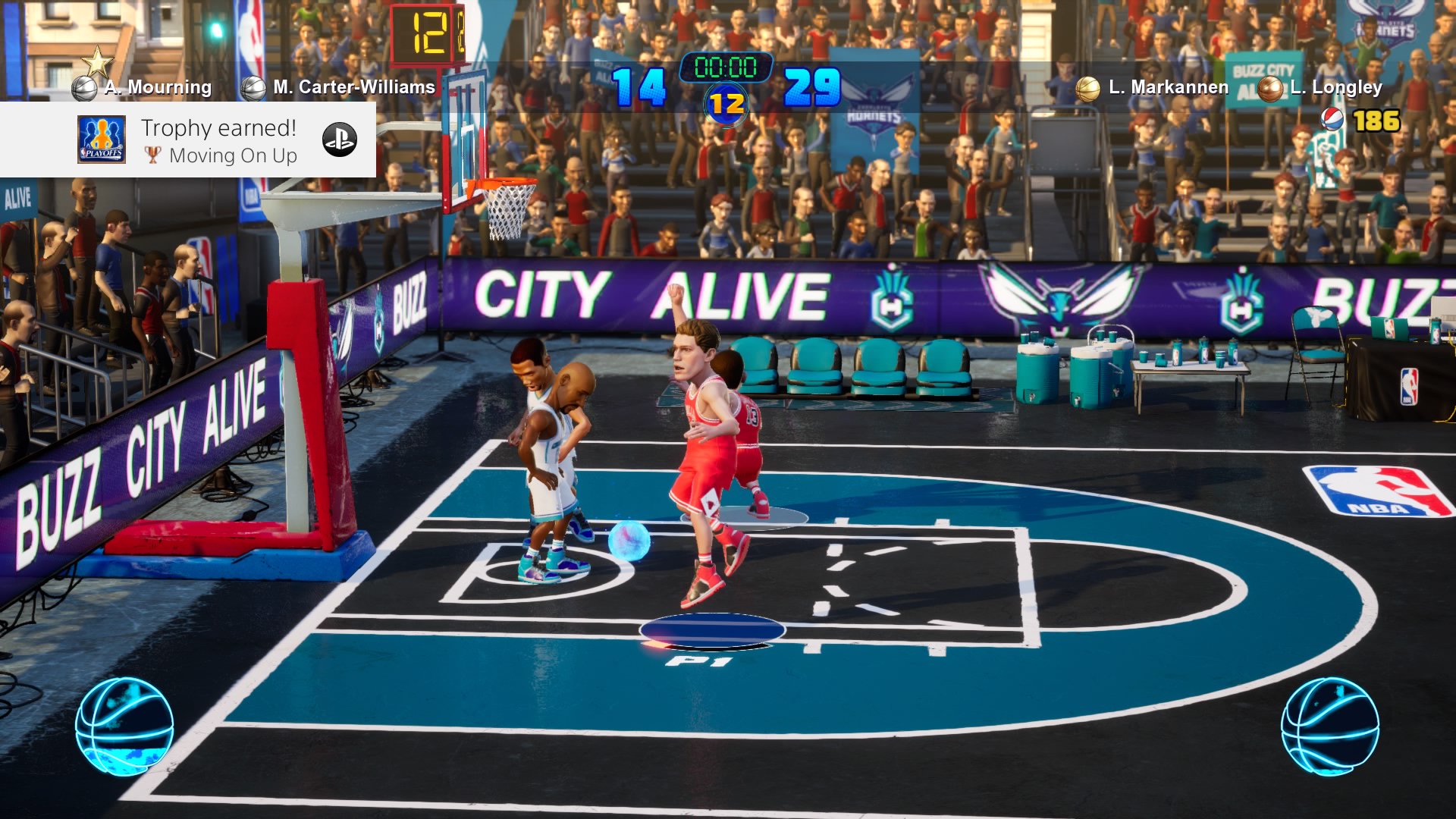
For my first season I selected the Chicago Bulls and was given Lauri Markkanen and Horace Grant. With each game, I gained more Baller Bucks, which can help me expand my roster. But since packs can only be purchased from the game’s main menu, I had to exit out of my season to get packs; this was a flow-interrupting hassle, and is just one of my many nit-picky user interface complaints.
Worst of all, since the packs are random, there was always a chance that a set of cards wouldn’t help my season at all. I opened about three or four packs during my time as the Bulls (at least two bronze, one silver, and one gold). I received one Bulls player, Luc Longley. It’s worth noting that you can play three seasons at a time, but the idea of jumping around is an unpleasant one.
Completing a season does grant you an exclusive player from your team but that reward is hardly worth it. The season experience is a thoroughly miserable slog. Look to earn your in-game currency elsewhere. For a game where everyone’s head is slightly enlarged, NBA 2K Playgrounds 2 takes itself far too seriously.
The Money Shot
For as much as I’ve dragged this game, when I first started playing I was convinced I was about to experience one of my favorite games of the year because I started playing in Exhibition mode. Unsurprisingly, much of the game’s marketing (trailers and screenshots) come from this mode. For exhibition games, you can hit triangle during player selection to adjust the game’s configuration: allowing you to select different courts and even different balls. For instance, you can play on a snowy court in Moscow with a pumpkin basketball. It’s exactly what I want from the arcade basketball experience.
There’s plenty of room on the court for novice and advanced players, although NBA 2K Playgrounds 2 leaves you to figure that out yourself. Other than some tips arbitrarily tossed onto loading screens and some insights hidden within individual game configuration/settings, there is little explanation of the game or its power-ups.
There’s a tutorial section available on the home screen, but the name is a bit misleading. It’s not so much a tutorial as it is a series of screenshots explaining the control scheme and moves you can execute. This tutorial is really just a digitized instructions manual without the personality.
But once you get your bearings, everything runs rather smoothly. Shooting is as simple as holding square, looking at your shot meter, and releasing square so that you land in the target area. Color cues you into your player’s odds of success for any given situation (be it a shot, dunk, lay-up, etc). For instance, players with high dunk stats will have a larger, green target area when executing a dunk: making it harder to fail at it.
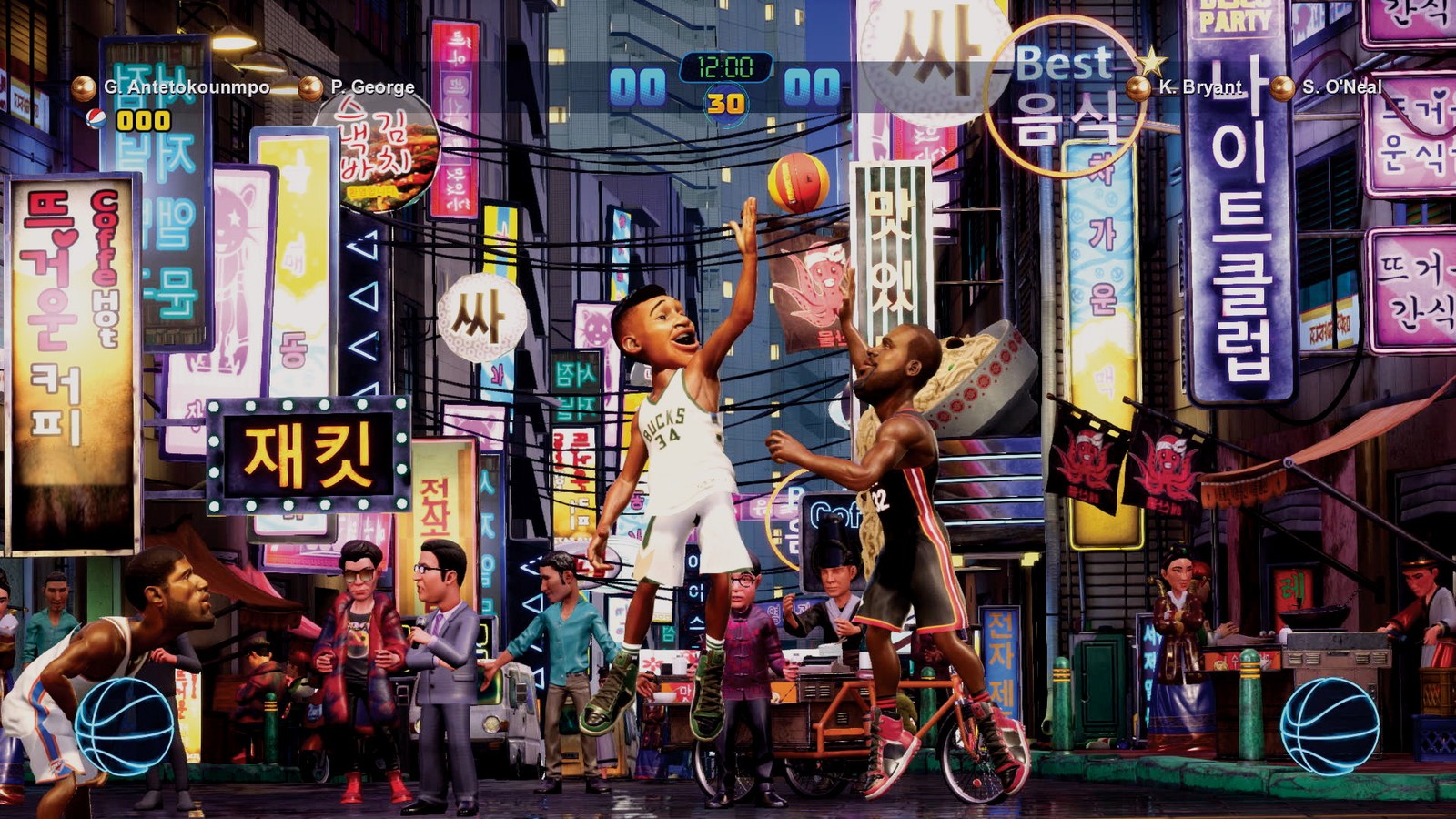
Conversely, a player who sucks at sinking three-point shots will have a tiny target area that might be orange or even red. Even if you execute the shot well, the likelihood of it going in is lower than those who have stronger stats. This makes shooting require skill but at a level that’s accessible to everyone. You don’t have to understand basketball to be able to get a perfect shot.
Even more lighthearted and chaotic are the power-ups available. Once your Lottery Pick Ball meter is full, you’ll either get an advantage or put your opponent at a disadvantage. Some of my personal favorites include putting a literal curse on your opponents, giving them the lowest odds at executing anything successfully, and one ability that adds a few layers of ice on your own net, preventing any shot from getting through until the ice is broken.
This, combined with shot execution, blocking, rebounding, stealing, and (if you choose to do so) actually shoving your opponent, makes for fun match-ups every time you step to the court. Whether you’re dominating or getting slaughtered, one power-up can totally change the game which forces you to give it your all throughout.
Additionally, the game’s three-point contest mode is simple yet addictive. It mostly involves staring at the shot meter, trying to get the timing just right but it gets competitive quick. Plus, this mini-game builds timing skills that will help you in regular games.
One drawback to this mode, however, is how it handles ties. You’re playing a best of three, but if you tie, it doesn’t count at all. So really it’s just the first to win two games. This won’t be an issue for most people but when I faced an evenly matched opponent, locally, it went on for a ridiculous amount of time.
As an NBA Playgrounds apologist and lover of arcade sports sims, this game can only be characterized as a disappointment, and a frustrating one at that. NBA 2K Playgrounds 2 has all the ingredients for an excellent game, but its best flavors are overpowered by the saltiness of its microtransactions and repetitive season. It’s a shame, because the gameplay itself is absolutely excellent; it’s the surrounding constructs, progression system, and a lackluster season that leaves this game tripping over its own laces.
NBA 2K Playgrounds 2 review copy provided by publisher. Version 1.00 reviewed on a Standard PS4. For more information on scoring please see our Review Policy here.
-
Exhibition mode offers a fun, customizable experience
-
Lottery Ball Picks add amusing chaos
-
Accurate player stats
-
Refined gameplay mechanics
-
NBA Season mode is devoid of personality
-
Mindless grind and gamble your way to a roster or pay another $10
NBA 2K Playgrounds 2 Sep 2018
-
NBA 2K Playgrounds 2 Sep 2018 #1
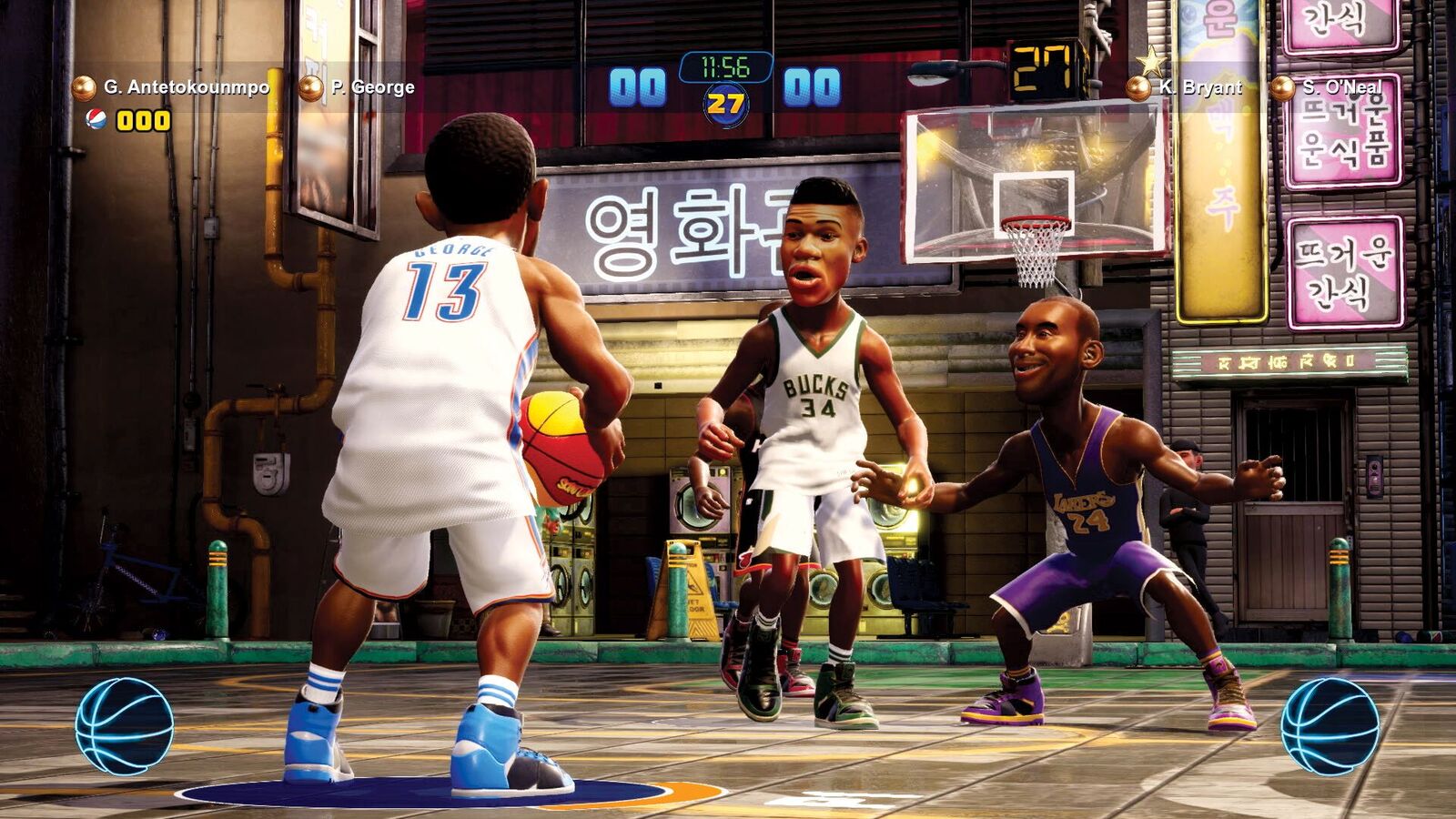
-
NBA 2K Playgrounds 2 Sep 2018 #2

-
NBA 2K Playgrounds 2 Sep 2018 #3
